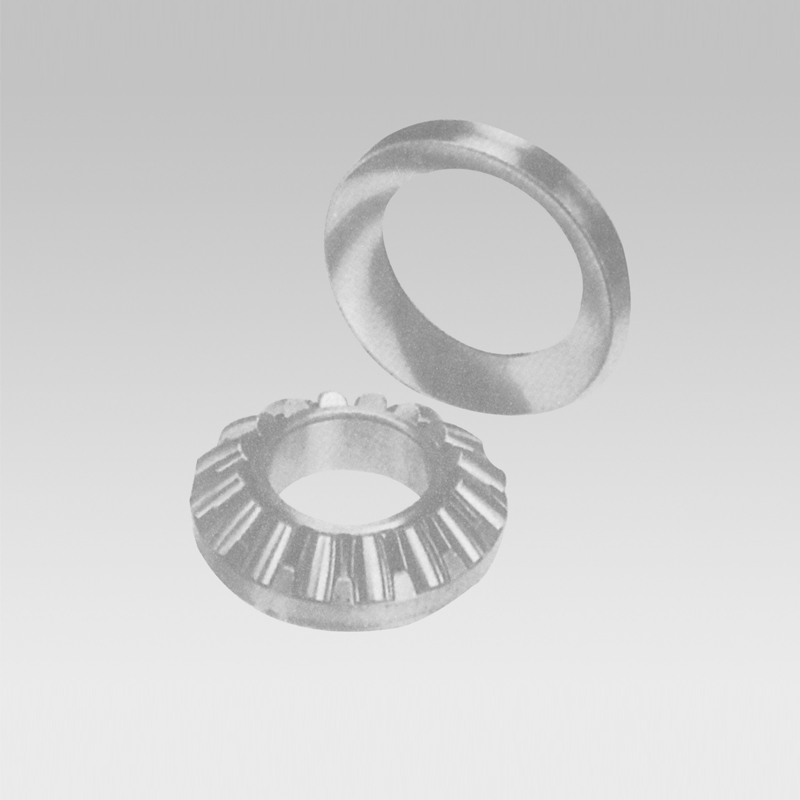
Oct . 15, 2024 17:47 Back to list
Understanding Dimensions of Spherical Roller Thrust Bearings for Optimal Performance and Selection
Understanding Spherical Roller Thrust Bearing Sizes
Spherical roller thrust bearings are specialized types of bearings that are designed to handle heavy radial and axial loads in both directions. These bearings are unique due to their ability to accommodate shaft misalignments and the combined loads, making them suitable for a range of industrial applications, including heavy machinery, marine propulsion systems, and automotive components.
Design and Components
A spherical roller thrust bearing consists of a large spherical roller, a raceway, and a cage that maintains the spacing between the rollers. The outer raceway is designed with a concave surface that allows the rollers to pivot slightly, accommodating any misalignment that may occur. This unique design gives spherical roller thrust bearings their characteristic advantages over other types of bearings.
The sizes of spherical roller thrust bearings vary significantly based on their design, application, and load-carrying capacity. Each bearing's size is crucial to its function, impacting its performance under specific conditions. When selecting a bearing, engineers must consider its inner and outer diameter, thickness, and the diameter of the rollers themselves.
Standard Sizes and Applications
Spherical roller thrust bearings are produced in a variety of standard sizes, allowing for easy replacement and compatibility with existing machinery. The dimensions typically follow industry standards, making procurement straightforward. Common sizes include inner diameters ranging from 50 mm to over 200 mm, and outer diameters that can exceed 400 mm.
These bearings find applications in various sectors. For instance, in the mining industry, spherical roller thrust bearings are used in equipment such as draglines and shovels, where they sustain high axial loads. In the wind energy sector, they facilitate the yaw system of wind turbines, where constant movement leads to substantial thrust loads.
Load Ratings and Performance
Load ratings are essential when selecting spherical roller thrust bearings. The dynamic load rating indicates the bearing's capacity to handle live or rotating loads, whereas the static load rating shows its ability to withstand stationary loads without experiencing plastic deformation. Selecting a bearing with appropriate load ratings ensures optimal performance and longevity, reducing maintenance costs and downtime.
spherical roller thrust bearing sizes

The performance of spherical roller thrust bearings is not solely dependent on size and load ratings; lubrication also plays a crucial role. Proper lubrication reduces friction, minimizes wear, and enhances the bearing's operational life. Engineers must select the right type of lubricant based on the operating conditions and load requirements to ensure efficient performance.
Considerations for Sizing
When determining the appropriate size of a spherical roller thrust bearing, several factors must be taken into account
1. Load Conditions Assess the types of loads the bearing will encounter, including static and dynamic loads.
2. Speed The speed at which the bearing operates impacts its size and lubrication choice. Higher speeds may require specially designed bearings with specific tolerances.
3. Installation Space The physical space available for the bearing installation is critical. Bearings must be sized to fit within the confines of the machinery while allowing for necessary clearance.
4. Misalignment Evaluate the potential for misalignment during operation. Spherical roller thrust bearings excel in their ability to handle misalignment, yet the extent should be considered during sizing.
5. Environment The operating environment can affect bearing performance. Consider exposure to contaminants, temperature variations, and the presence of moisture when selecting sizes and materials.
Conclusion
Spherical roller thrust bearings play a vital role in various industries, supporting heavy loads and providing reliable performance. Understanding the available sizes, their applications, and the factors influencing their selection is crucial for engineers and equipment designers. By carefully considering these aspects, professionals can ensure optimal selection, enhanced performance, and prolonged service life for these essential components.
Latest news
-
Premium Deep Groove Ball Bearings | High Speed & Reliability
NewsAug.29,2025
-
Durable Scaffolding Clamps - Secure & Reliable Tube Connectors
NewsAug.28,2025
-
Common Failures in Thrust Ball Bearings and Solutions
NewsAug.22,2025
-
How Tapered Roller Bearings Can Take Shock Loads
NewsAug.22,2025
-
Angular Bearings in High-Precision Spindles
NewsAug.22,2025
-
The Impact of Misalignment on Cylindrical Roller Bearing Performance
NewsAug.22,2025
